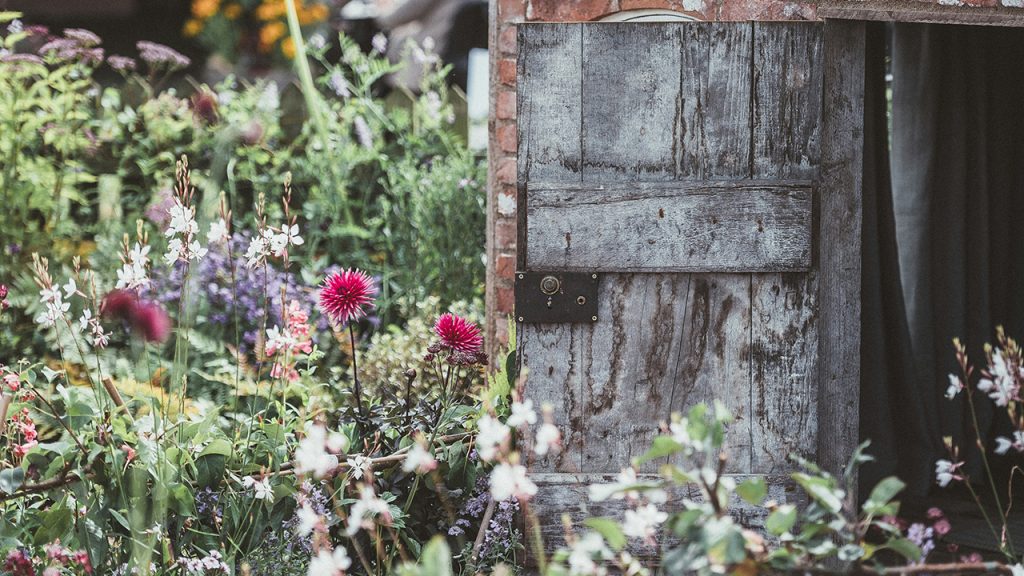Gardening is one of those hobbies that brings so much joy — seeing the first signs of life pop up in the soil or watching flowers bloom always feels rewarding. But I know all too well that it doesn’t always go according to plan. Sometimes, despite all my efforts, things go south — leaves turn yellow, plants start drooping, or some mystery pest seems to take over overnight. It can feel really frustrating! More often than not, though, I’ve found that these setbacks come from small mistakes I didn’t even realise I was making. The good news? Gardening is all about learning, and once you spot the problem, you can turn things around. Let me walk you through some of the common slip-ups I’ve learned to avoid, so we can keep those plants happy and healthy!
1. Overwatering
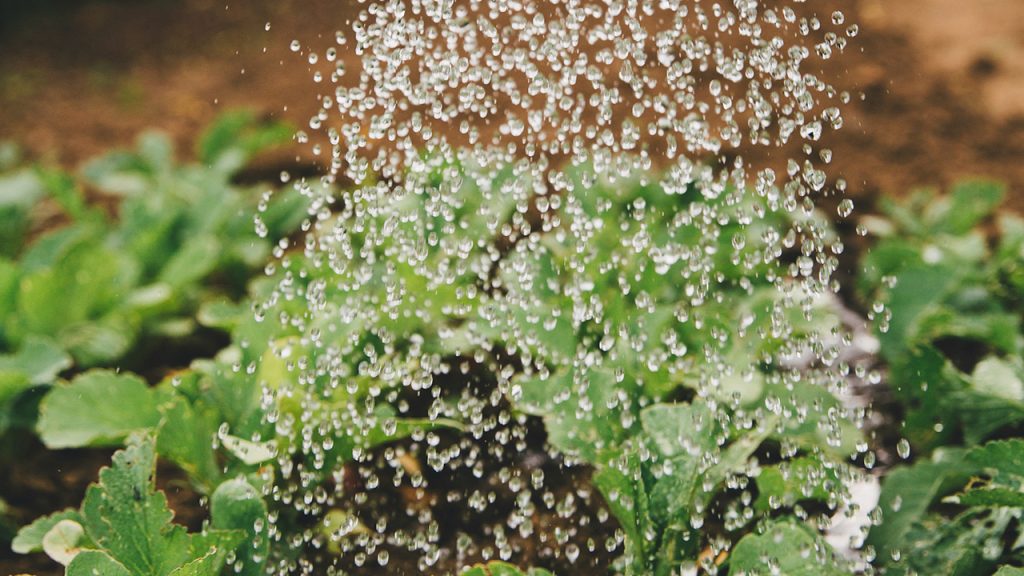
One of the most common mistakes in gardening is overwatering. Many people believe that more water means healthier plants, but this can drown your plants by suffocating their roots. The excess moisture can also lead to root rot, mold, and fungal diseases. To avoid this, make sure your soil drains well and water only when the top inch of soil feels dry.
2. Planting In The Wrong Spot
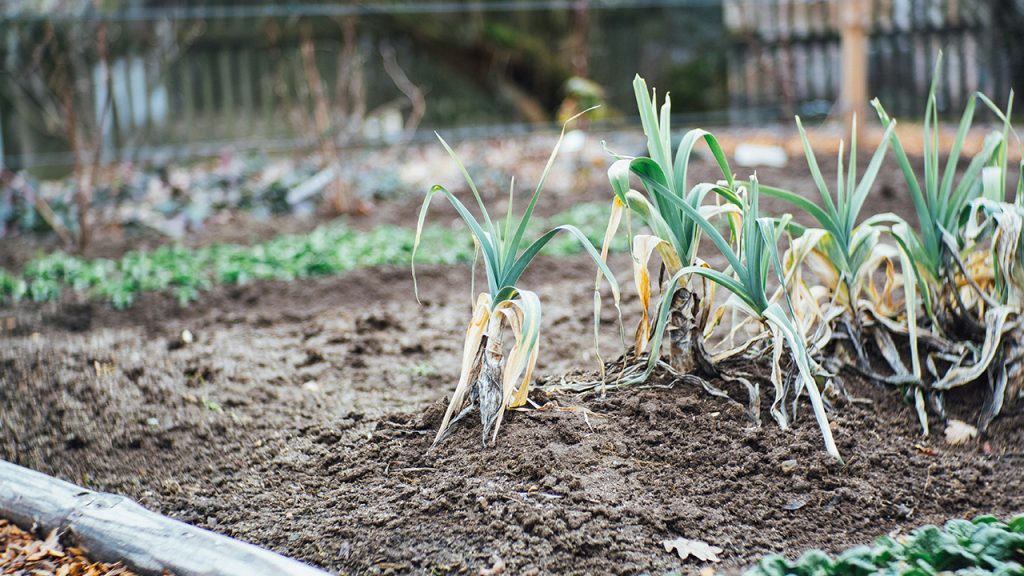
Every plant has its own sunlight and soil needs. Placing a sun-loving plant in the shade, or vice versa, can stunt its growth or cause it to wither. Before planting, check how much sunlight your plants need, and observe where the sun hits your garden throughout the day. This way, you’ll ensure your plants are in their ideal growing conditions.
3. Using The Wrong Soil

Not all soil is created equal. Different plants require different types of soil, whether it’s acidic, alkaline, sandy, or clay-based. Using the wrong soil mix can prevent plants from getting the nutrients they need. A quick soil test can help you figure out what kind of soil you have and what amendments might be necessary.
4. Crowding Your Plants
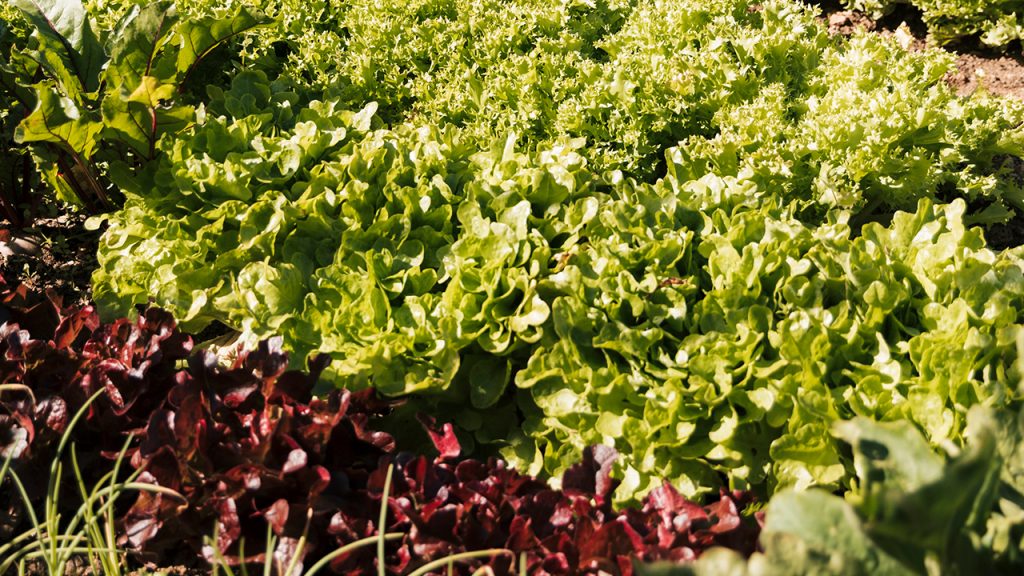
It’s tempting to fill every available space with new plants, but overcrowding can lead to poor air circulation and competition for resources. Plants need space to grow, spread their roots, and receive proper sunlight. Give your plants enough room to thrive by following the recommended spacing guidelines on seed packets or plant tags.
5. Ignoring Pests
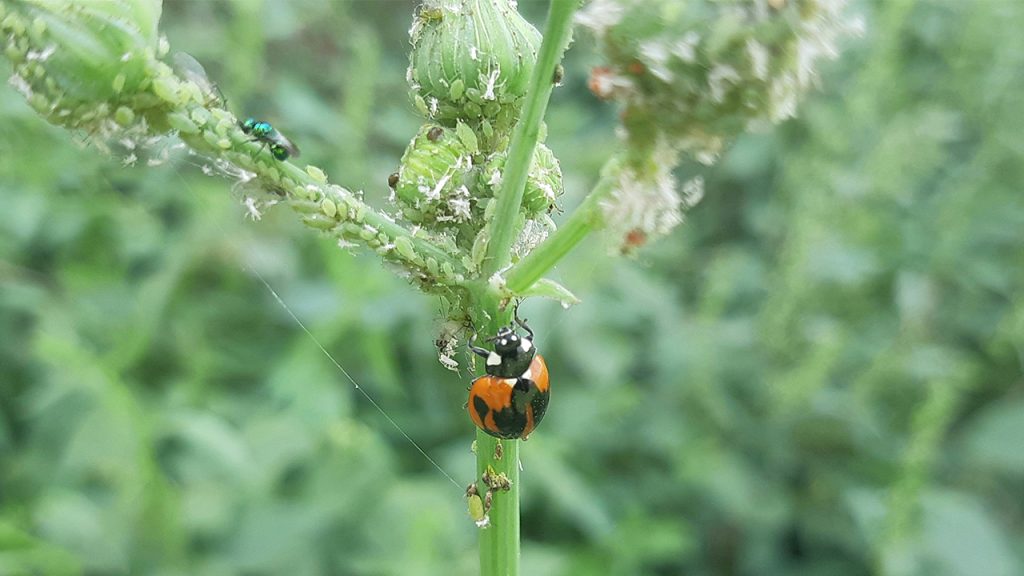
Pests like aphids, slugs, and caterpillars can quickly damage your plants if left unchecked. Many gardeners don’t spot infestations early enough, which can lead to serious harm. Regularly inspecting your plants and using natural pest control methods like companion planting or introducing beneficial insects can help keep pests at bay.
6. Not Pruning Properly
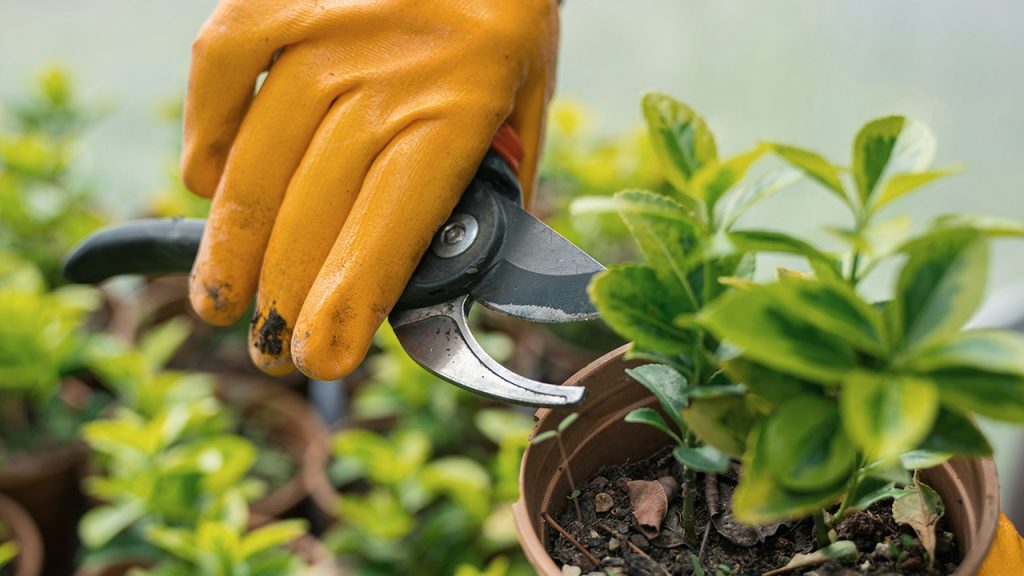
Pruning can seem intimidating, but it’s essential for healthy plant growth. Many gardeners either prune too much or too little, which can stress plants or hinder their development. Learning the proper pruning techniques for each type of plant will help encourage new growth and prevent disease.
7. Fertilizing Too Much Or Too Little
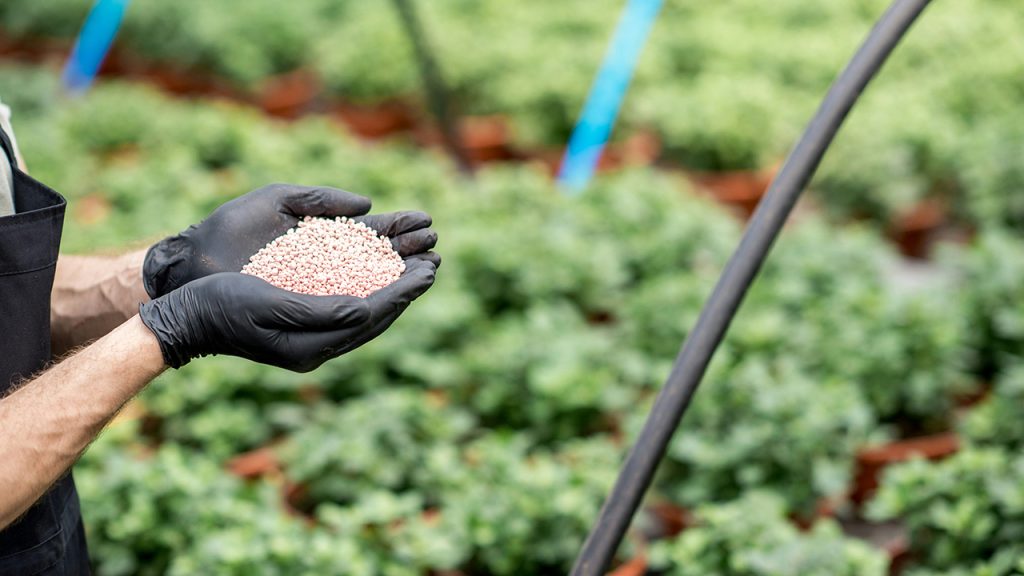
Plants need nutrients, but too much fertilizer can burn their roots, while too little can leave them undernourished. It’s important to understand the specific needs of each plant and follow the recommended guidelines on fertilizer packaging. A balanced approach will help your plants grow strong and healthy.
8. Planting At The Wrong Time
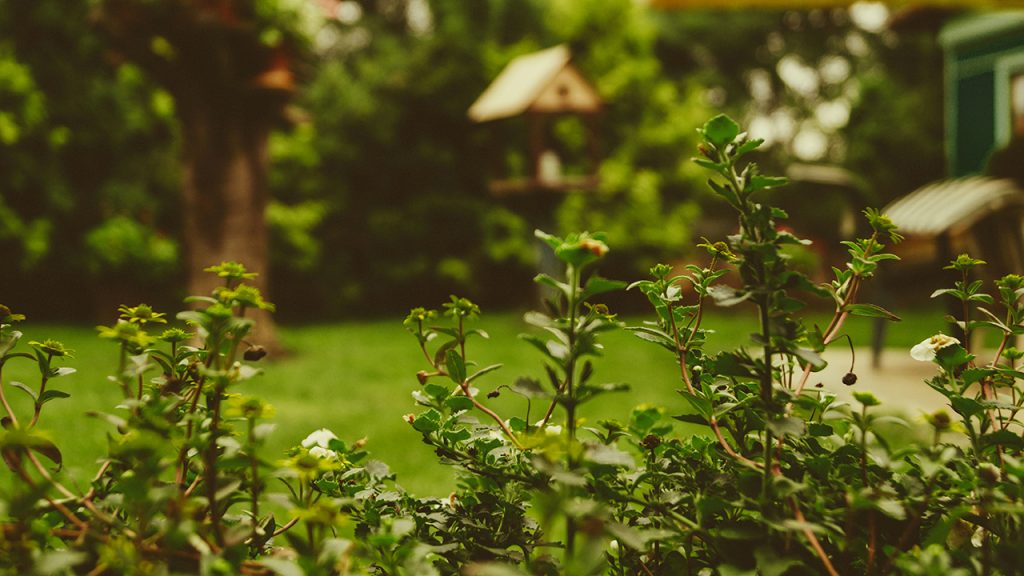
Timing is everything in gardening. Planting too early or too late in the season can expose your plants to extreme temperatures, frost, or insufficient sunlight. Research the best planting times for your region and ensure that your plants are suited to the local climate.
9. Failing To Rotate Crops
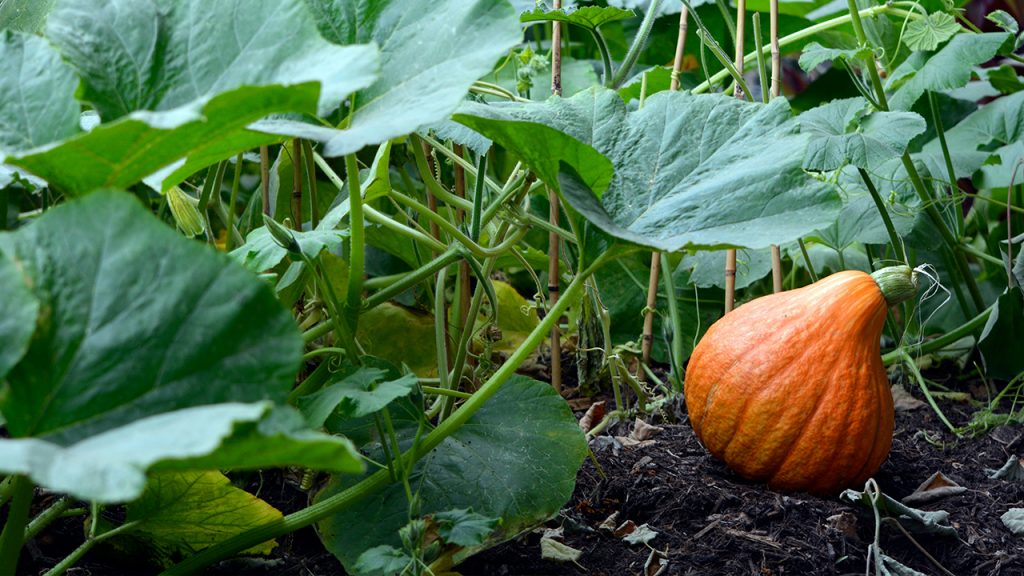
If you grow vegetables, planting the same crops in the same spot year after year can deplete the soil of essential nutrients and lead to pest build-up. Crop rotation helps prevent soil exhaustion and keeps pests from establishing a permanent residence. Try to switch up where you plant different crops each season.
10. Neglecting Soil Health
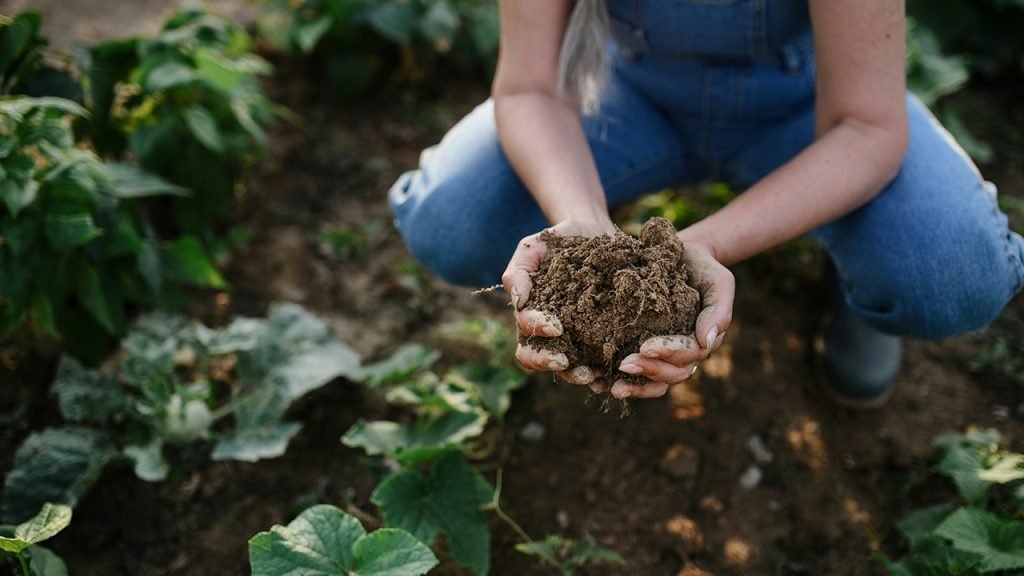
Healthy soil is the foundation of a healthy garden. Neglecting soil maintenance, such as composting or adding organic matter, can leave your soil nutrient-poor and lifeless. By regularly enriching your soil with compost, manure, or other organic materials, you ensure that your plants get the nutrients they need.
11. Forgetting About Mulching
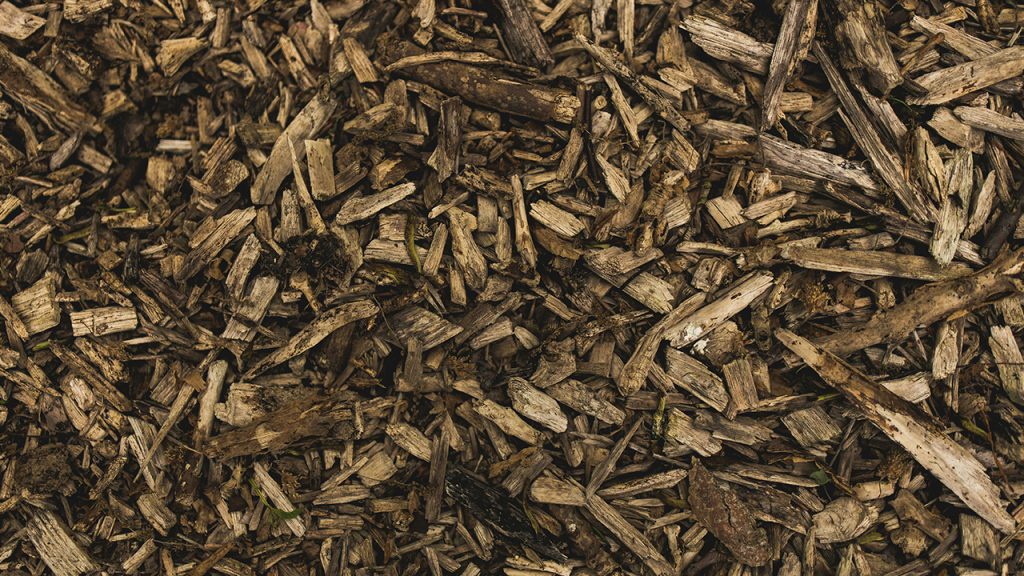
Mulch helps retain moisture, regulate soil temperature, and suppress weeds. Failing to mulch can lead to dried-out soil, overgrowth of weeds, and stress on your plants. A good layer of organic mulch, such as bark or straw, can help your garden flourish.
12. Watering Leaves Instead Of Roots
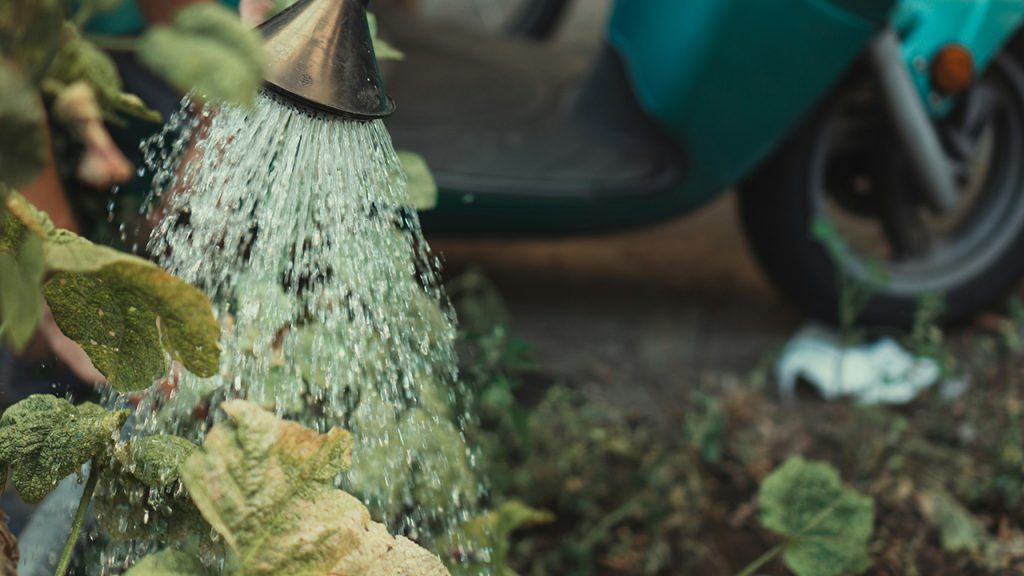
Watering the leaves instead of directing water to the roots can promote the spread of fungal diseases, especially in humid climates. Plants absorb water through their roots, not their leaves, so it’s important to water at the base of the plant where it’s needed most.
13. Choosing The Wrong Plants For Your Climate
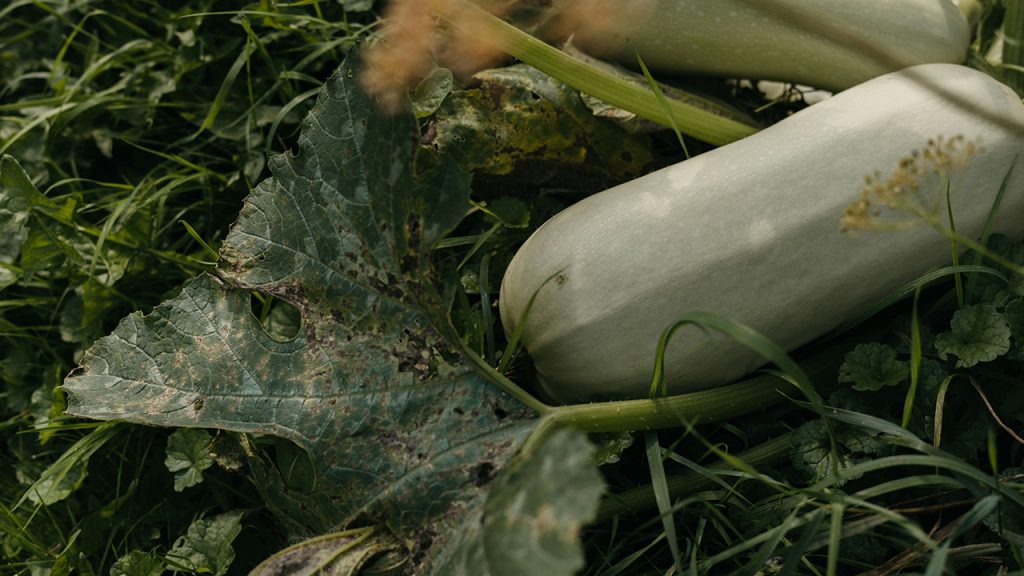
Not all plants thrive in every environment. Picking plants that are unsuited for your local climate can set you up for failure. Always check the hardiness zone of a plant to make sure it will survive in your area. Native plants are often a safer choice, as they’re already adapted to the local conditions.
14. Forgetting To Deadhead Flowers
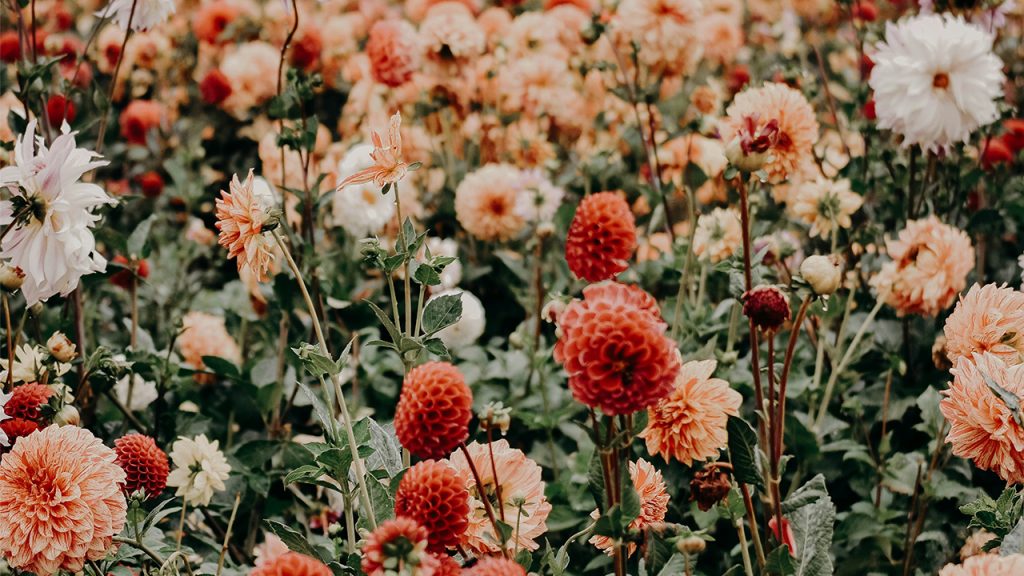
Deadheading, or removing spent blooms, encourages plants to focus energy on new growth rather than seed production. If you forget to deadhead, your flowering plants may stop blooming early. Regularly removing dead flowers helps prolong the blooming period and keeps your garden looking tidy.
15. Neglecting To Acclimate Plants
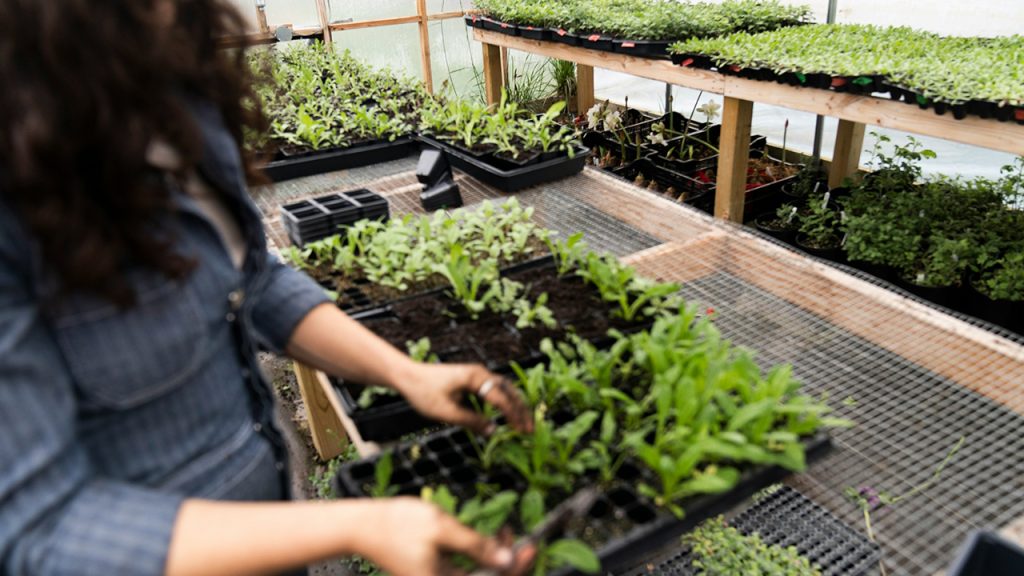
A common mistake gardeners make is planting new plants without acclimating them to outdoor conditions. When moving plants from indoors or greenhouses directly into the garden, they can experience transplant shock due to the sudden change in temperature, light, and wind exposure. This stress can stunt growth or even kill the plant. To avoid this, gradually expose your plants to outdoor conditions over several days, a process known as “hardening off.” This helps them adjust and thrive in their new environment.
17 Old Wives’ Tales That Are Actually True
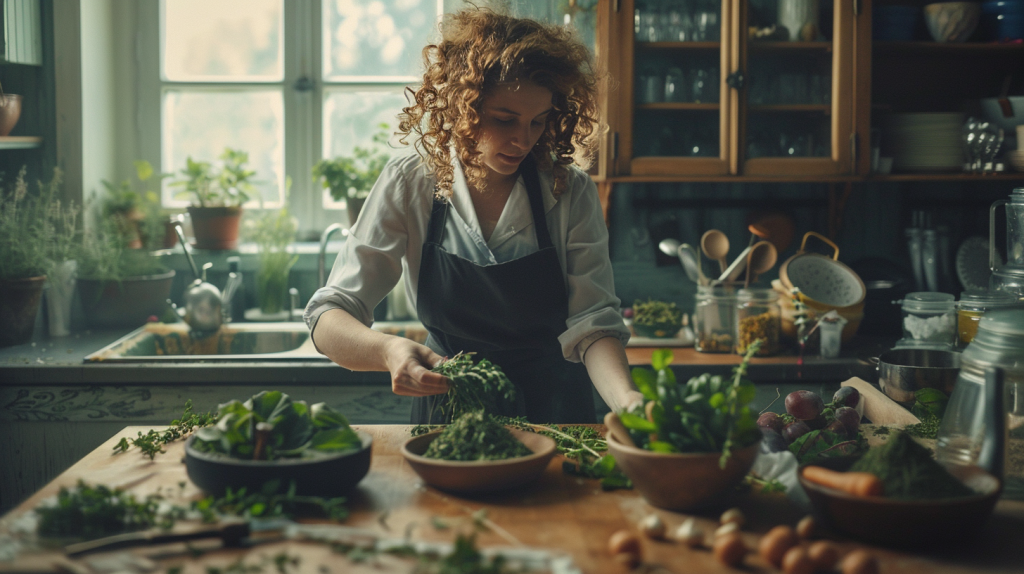
Old wives’ tales have been passed down through generations, often dismissed as mere superstition. However, many of these age-old beliefs are rooted in truth. From health tips to weather predictions, these stories from the past can surprise us with their accuracy. Here are 17 old wives’ tales that are actually true.
Read More: 17 Old Wives’ Tales That Are Actually True
Ellen has been obsessed with logic puzzles, jigsaws, and cryptograms since she was a kid. After learning she was taught how to play chess wrong by a family friend (so they could win), she joined her school chess club and the rest is history.
